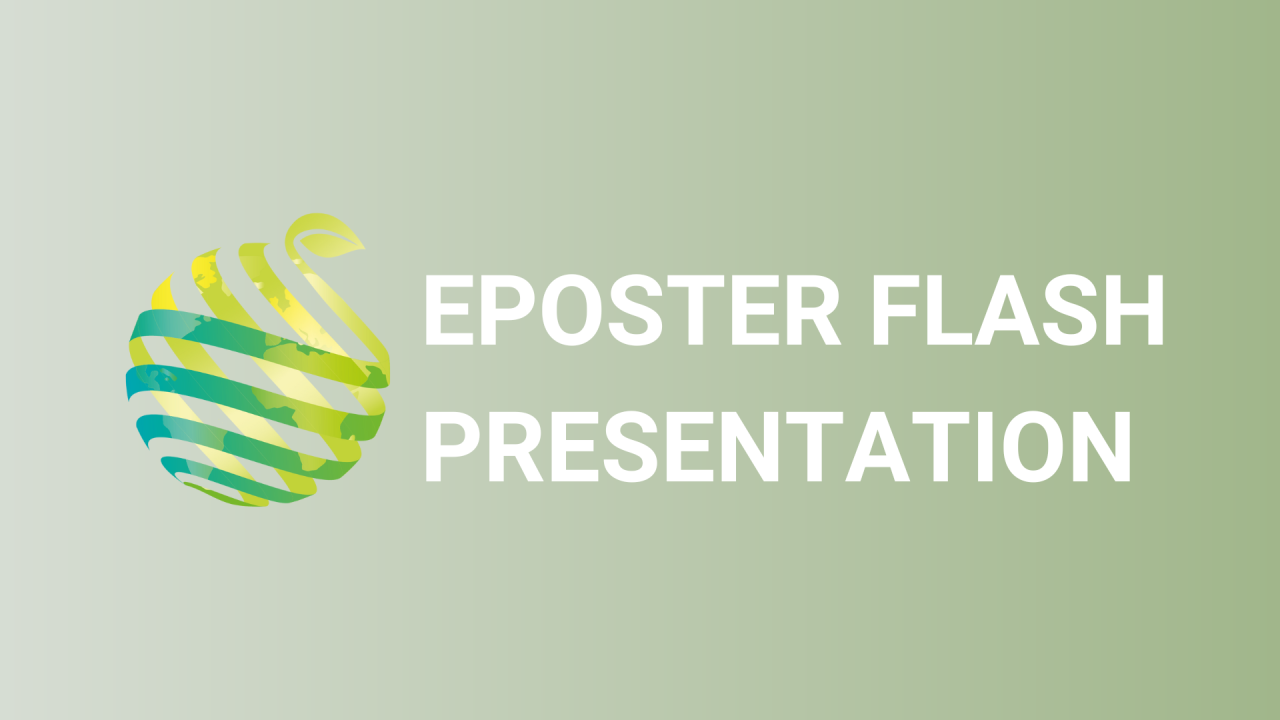

S06 - Session P6 - Technologies and post harvest methods for successful horticultural production - Effects of sun light condition and carbon dioxide concentration on the growth dynamics and the partitioning of the fresh and dry weigh for each organ in tom
Information
Authors: Yasunori Yoshida *, Aki Obara, Hiroomi Kanda, Hiroyuki Imanishi, Naoko Kitamoto, Hayashi Tomohito, Umebayashi Toshihiro, Yoshiaki Izumi, Koichiro Hashiura, Yoshiyuki Kusakari
Year-round cultivation of tomato grown under the cold region at the Sea of Japan side of the tohoku district in Japan such as Akita prefecture in Japan was difficult because of the low light condition and low temperature in winter from December to March. Hence, we aim to improve those problem with growth dynamics through 24-hour cycle and long-term monitoring in tomato grown under the different sun light condition (30 and 70% shading of sun light) and carbon dioxide concentration (no carbon dioxide applied and 1,200ppm applied). The number of leaves, shoot length, and stem diameter were not difference in every environmental condition. Although, the leaf area was tendency to increase in 70% shading compared to 30% shading, which became even greater as the carbon dioxide applied. The total fresh weight of tomato continued to decrease during the day even with adequate irrigation, but increases at night in every environmental condition. Furthermore, the fresh and dry weight of fruits in 70% shading was same or larger than those in 30% shading, with or without carbon dioxide. These results were attributed to the greater loss of internal water in tomato through transpiration from the leaves than through root water absorption. In other words, the tomato plants were always under drought stress during the daytime. As the result, the distribution of water and dry matter to the fruit would be the same or higher in the case of 70% shading than in the case of 30% shading. In the future, we will examine the differences in the amount of sap from leaves to fruits, including the rate of photosynthesis in tomatoes grown under these different environments.